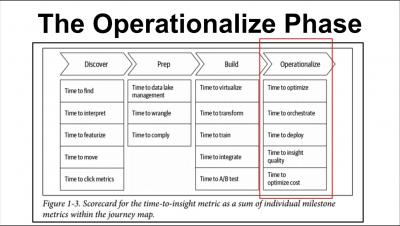How to use ThoughtSpot and Databricks SQL
Today, the rate of innovation around data processing has accelerated beyond what any of us previously thought possible. Databricks recently announced their Databricks SQL offering, which is the next step in this evolution and builds on the foundation of Delta Lake to deliver interactive analytics at scale. This offering pairs with ThoughtSpot’s Modern Analytics Cloud to empower everyone in an organization to find answers to their questions with simple access to the data lake.










